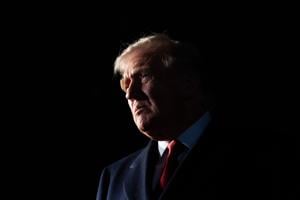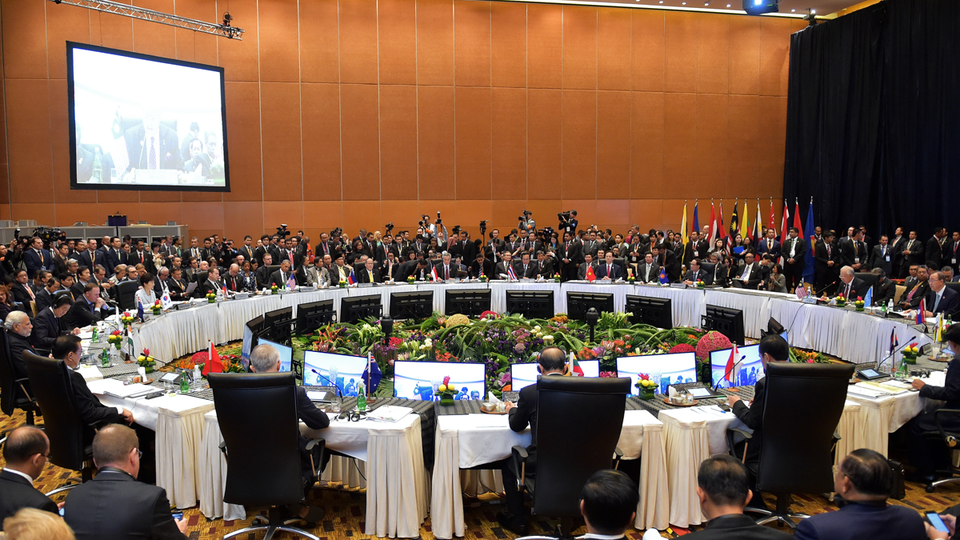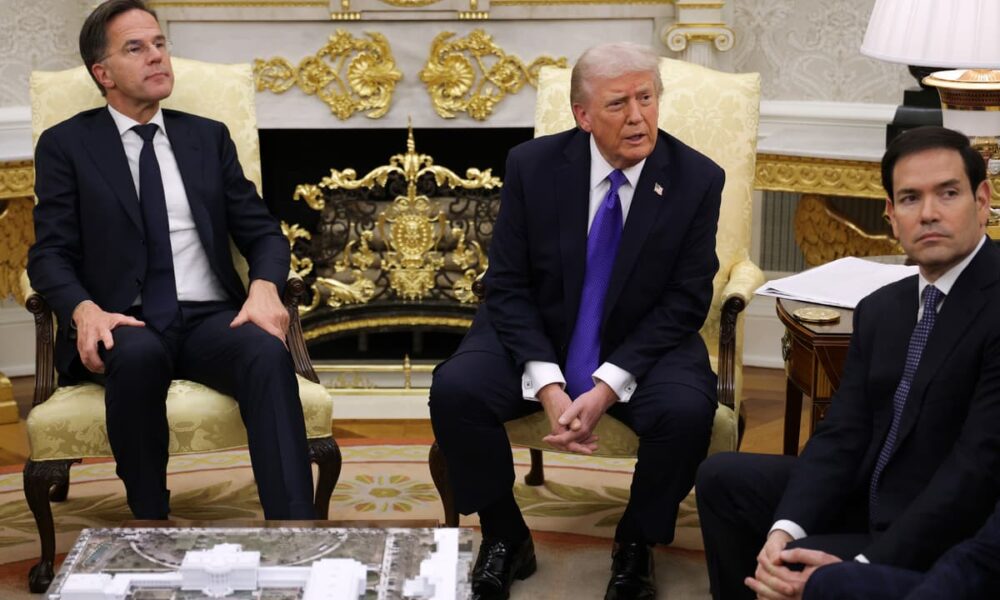U.S.-China trade tensions appear to be diminishing ahead of a crucial meeting between President Donald Trump and Chinese President Xi Jinping, scheduled for March 15, 2024. Both sides have indicated that they are nearing a potential agreement, which could have positive implications for international markets. While any deal would be welcomed, it may not fully address deeper issues such as manufacturing imbalances and restricted access to advanced technology components.
Recent actions by Beijing, including restrictions on the export of rare earth elements essential for high-tech industries, have added complexity to the negotiations. In response, Trump has threatened to impose additional tariffs on Chinese goods, a move that could escalate tensions and further impact global economic growth. Li Chenggang, China’s chief trade negotiator, stated that the two countries reached a “preliminary consensus,” while Scott Bessent, U.S. Treasury Secretary, noted the presence of a “very successful framework” for discussions.
During his remarks, Trump expressed optimism, asserting, “The Chinese want to make a deal and we want to make a deal.” The meeting will take place in Kuala Lumpur, as Trump concludes his visit to Asia, which has been marked by efforts to bolster his reputation as an international dealmaker. He also mentioned plans for a future visit to China and suggested that Xi might visit Washington or his private club in Florida.
ASEAN Summit Highlights Diplomatic Efforts
The trade dialogue coincides with the annual summit of the Association of Southeast Asian Nations (ASEAN), where Trump has sought to enhance diplomatic ties. His strategy has included signing several economic frameworks with Cambodia, Thailand, and Malaysia, focusing on increasing trade in critical minerals. The U.S. aims to reduce its reliance on China, which has leveraged its control over essential technology exports as a bargaining tool in negotiations.
U.S. Trade Representative Jamieson Greer emphasized the need for cooperation among nations to maintain secure and efficient supply chains, which are vital for both economic stability and national security. Trump attended the ASEAN summit for the second time, marking a renewed effort to engage with the region, which boasts a combined economy of $3.8 trillion and a population of 680 million.
At the summit, Trump witnessed the signing of a ceasefire agreement between Thailand and Cambodia, a development he credited to his administration’s economic pressure tactics. The agreement, described by Thai Prime Minister Anutin Charnvirakul as a foundation for “lasting peace,” includes provisions for Thailand to release Cambodian prisoners and for Cambodia to withdraw heavy artillery near their disputed border.
International Relations and Trade Dynamics
While discussions with regional leaders proceeded, Trump also met with Brazilian President Luiz Inácio Lula da Silva. Their conversation touched on reducing tariffs imposed by the U.S. amid tensions over Brazil’s prosecution of former President Jair Bolsonaro, a close ally of Trump. The U.S. president expressed confidence in reaching mutually beneficial agreements, stating, “I think we should be able to make some good deals for both countries.”
In contrast, Trump has faced challenges in relations with Canada, where he expressed discontent over a television advertisement opposing his trade policies. He announced plans to raise tariffs on Canadian goods as a result. Notably absent from the summit was Indian Prime Minister Narendra Modi, with whom Trump’s relationship has become strained due to disputes over tariffs and recent geopolitical conflicts.
As the meeting between Trump and Xi approaches, the outcomes of these discussions could significantly influence global economic conditions. The implications of a potential trade agreement extend beyond the U.S. and China, affecting markets and economies worldwide as nations navigate the evolving landscape of international trade.






